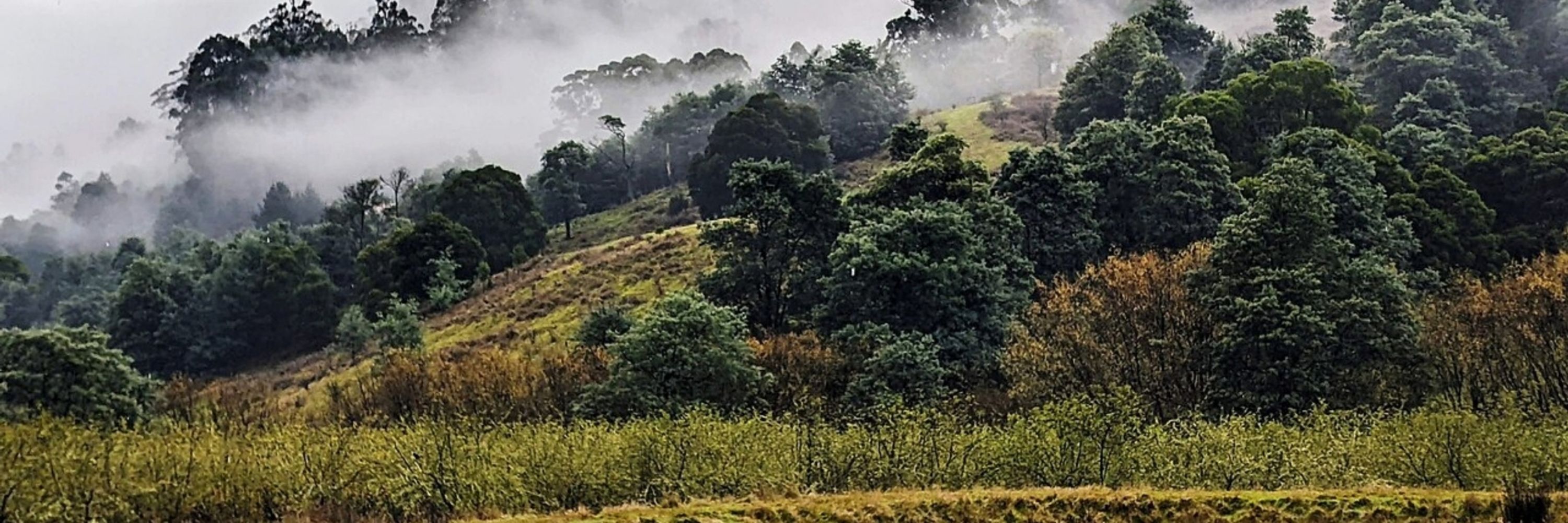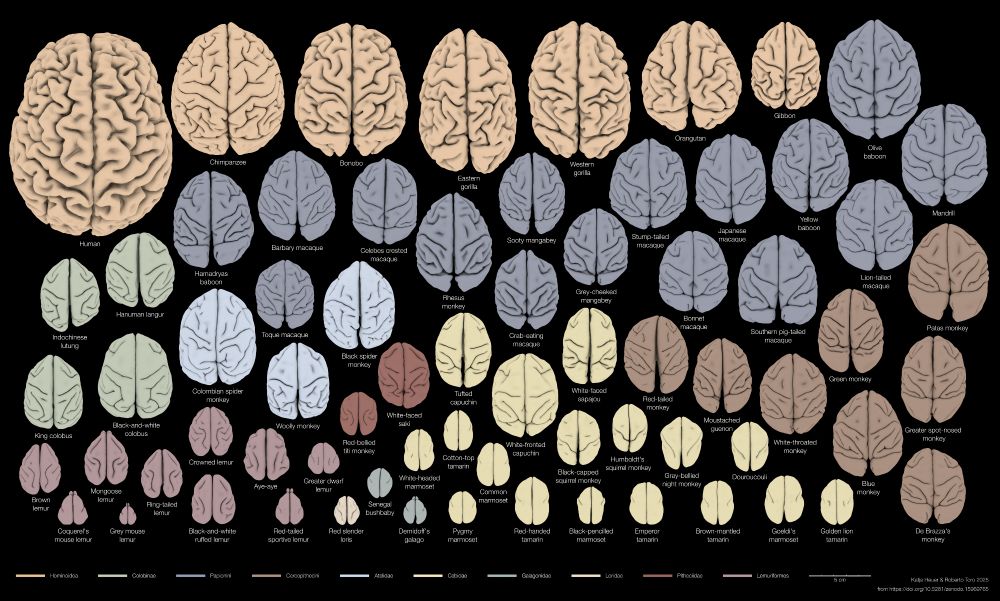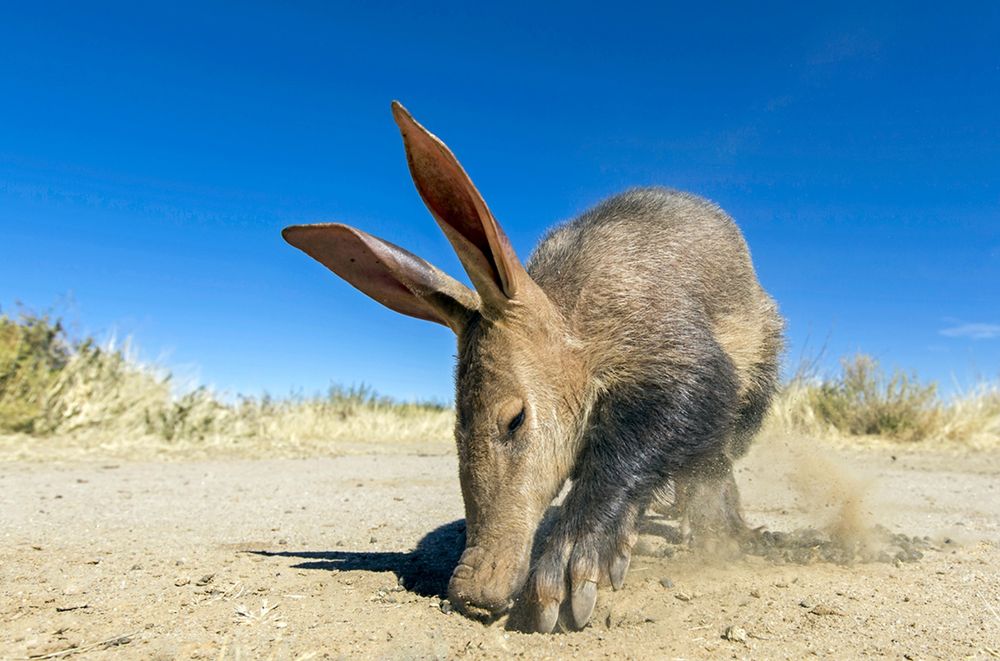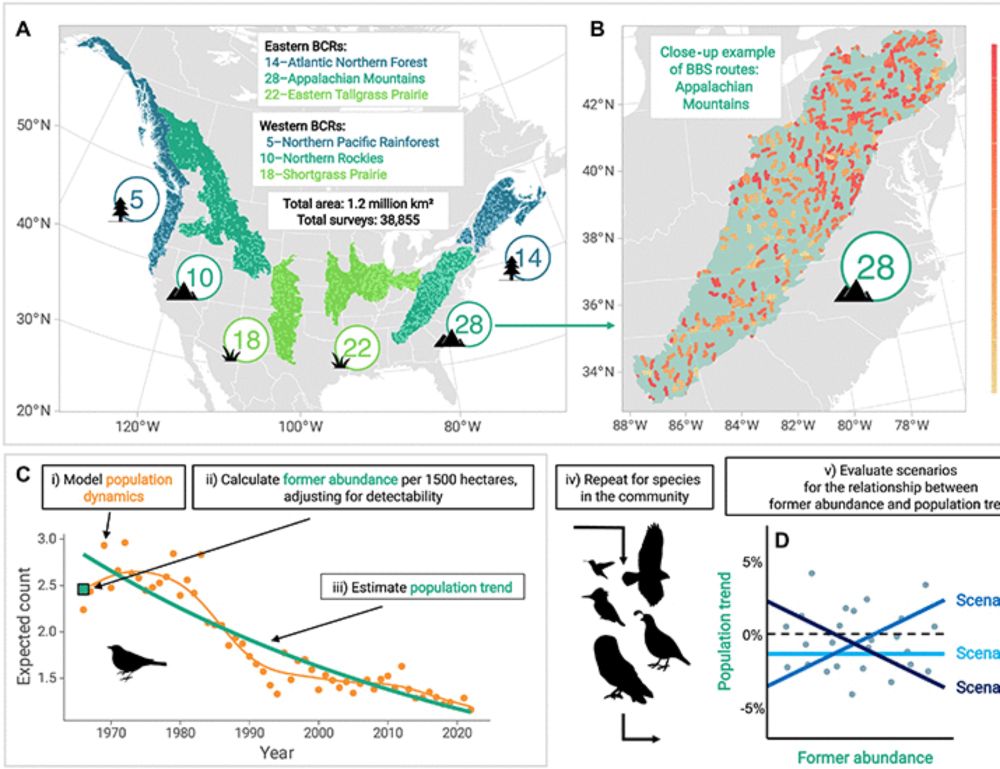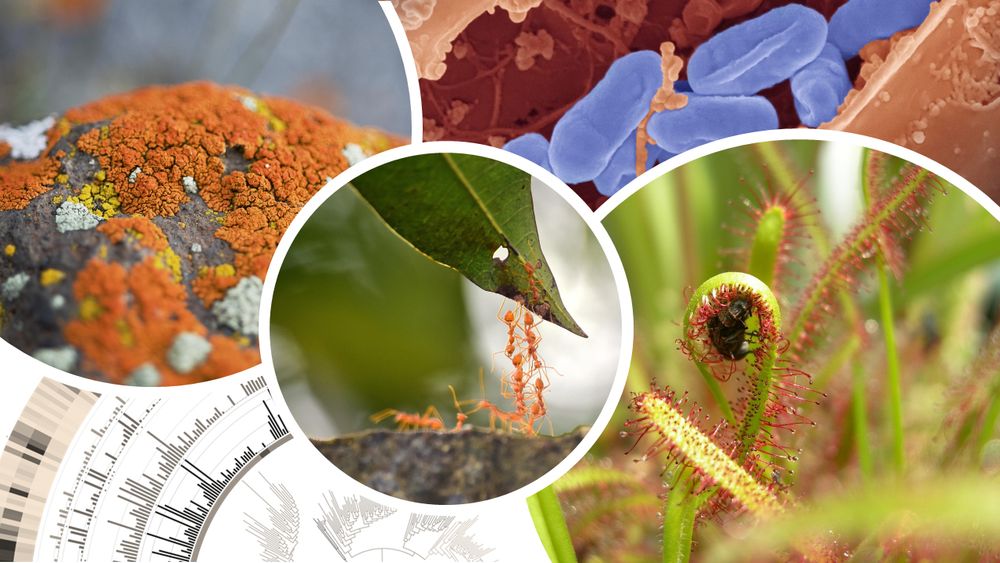Orlin S Todorov
@orlinst.bsky.social
80 followers
200 following
18 posts
Biostatistician, TIA, UTAS
Evolution, Brains, Cognition, Stats, R
Posts
Media
Videos
Starter Packs
Pinned
Reposted by Orlin S Todorov
Josef Uyeda
@pseudacris.bsky.social
· May 21
Reposted by Orlin S Todorov
Reposted by Orlin S Todorov
Reposted by Orlin S Todorov
Orlin S Todorov
@orlinst.bsky.social
· Sep 1
Orlin S Todorov
@orlinst.bsky.social
· Aug 29
Reposted by Orlin S Todorov
Reposted by Orlin S Todorov
John Alroy
@johnalroy.bsky.social
· Aug 13
Orlin S Todorov
@orlinst.bsky.social
· Aug 11
Orlin S Todorov
@orlinst.bsky.social
· Aug 6
Orlin S Todorov
@orlinst.bsky.social
· Jul 31
Reposted by Orlin S Todorov
Alan McElligott
@amcell.bsky.social
· Jul 30
Retraction Watch
@retractionwatch.com
· Jul 29

Frontiers to retract 122 articles, links thousands in other publishers’ journals to “unethical” network
The publisher Frontiers has begun retracting a batch of 122 articles across five journals after an investigation found a network of authors and editors engaged in “unethical actions” such as manipu…
retractionwatch.com
Reposted by Orlin S Todorov
Reposted by Orlin S Todorov
Berna Devezer
@devezer.bsky.social
· Jun 2
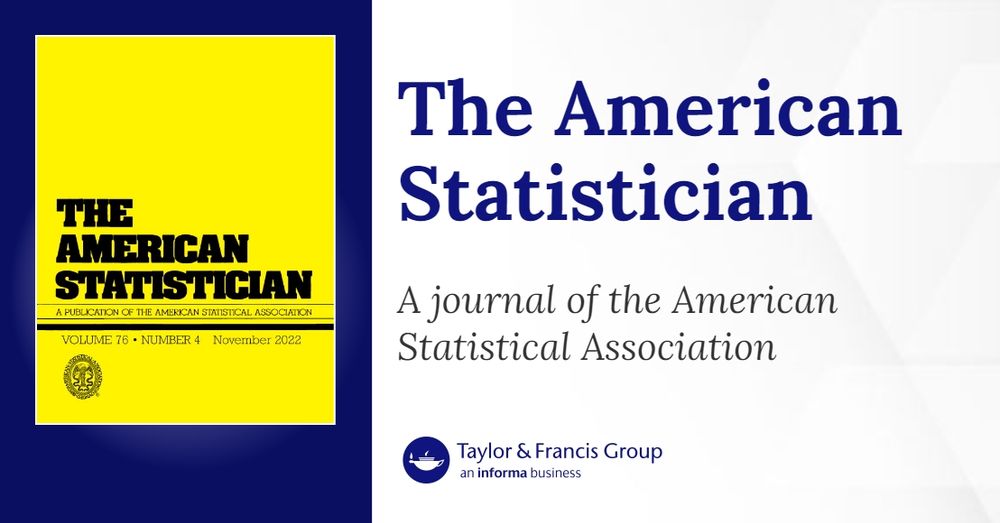
The Difference Between “Significant” and “Not Significant” is not Itself Statistically Significant
It is common to summarize statistical comparisons by declarations of statistical significance or nonsignificance. Here we discuss one problem with such declarations, namely that changes in statisti...
www.tandfonline.com
Reposted by Orlin S Todorov
